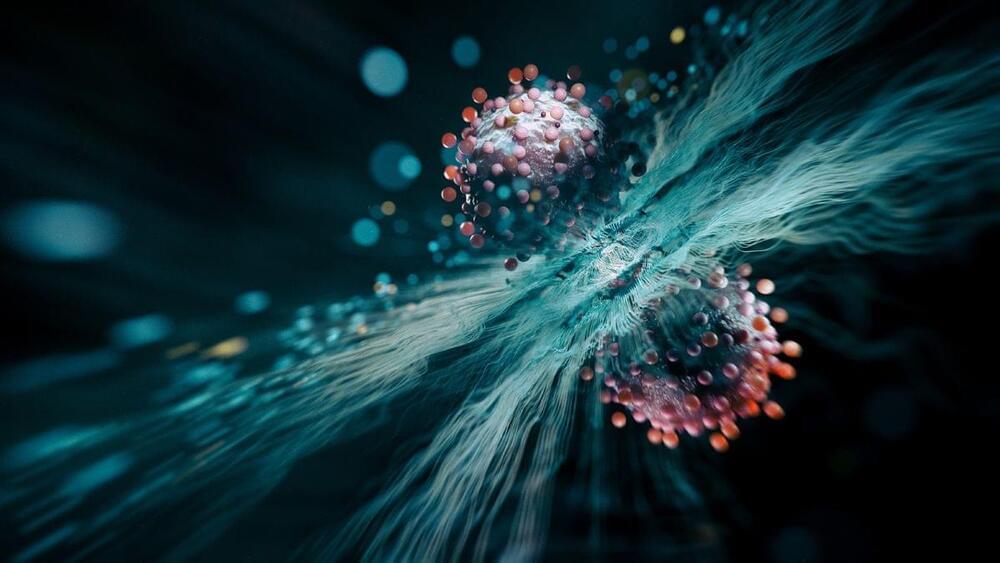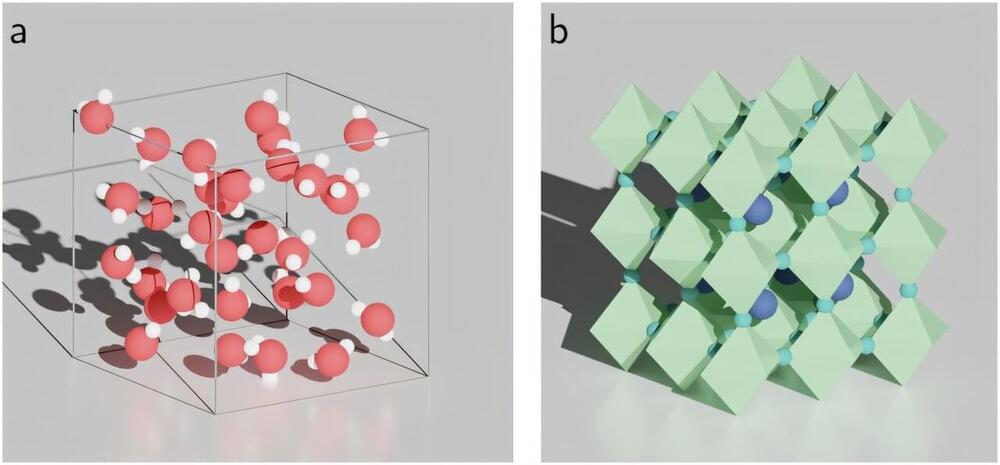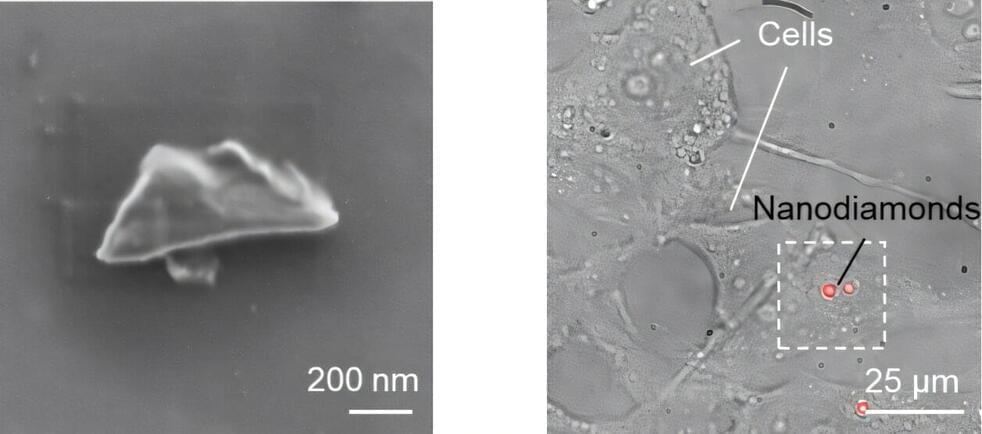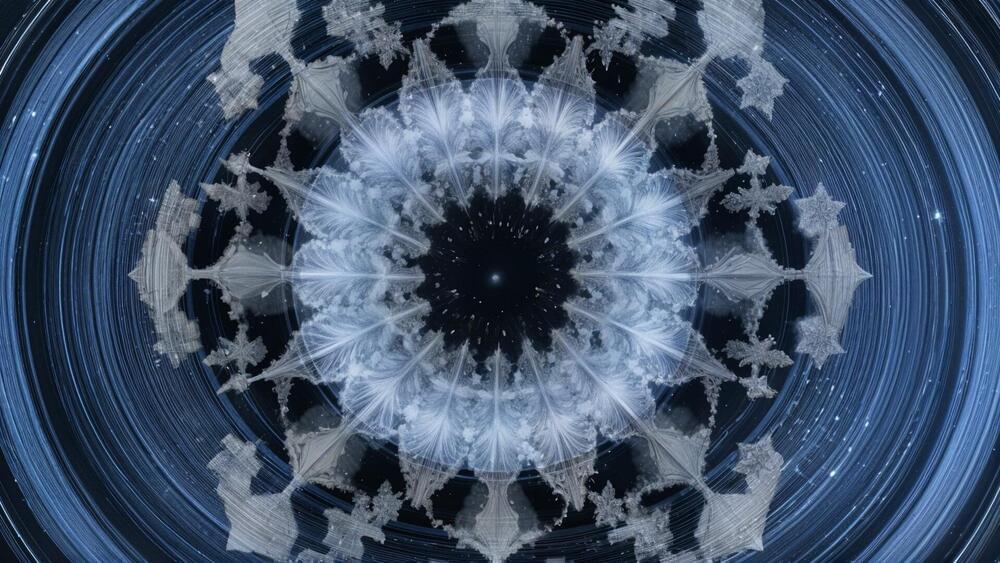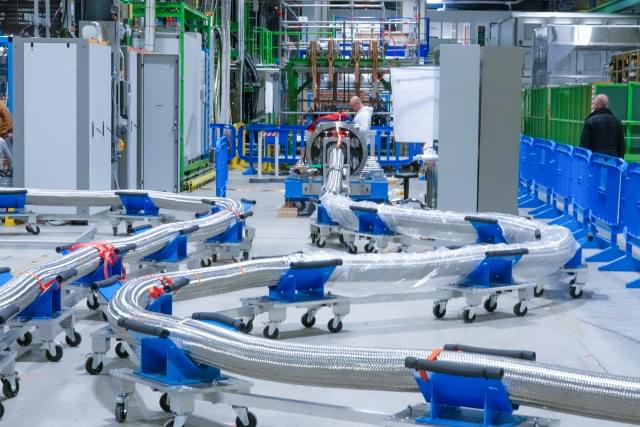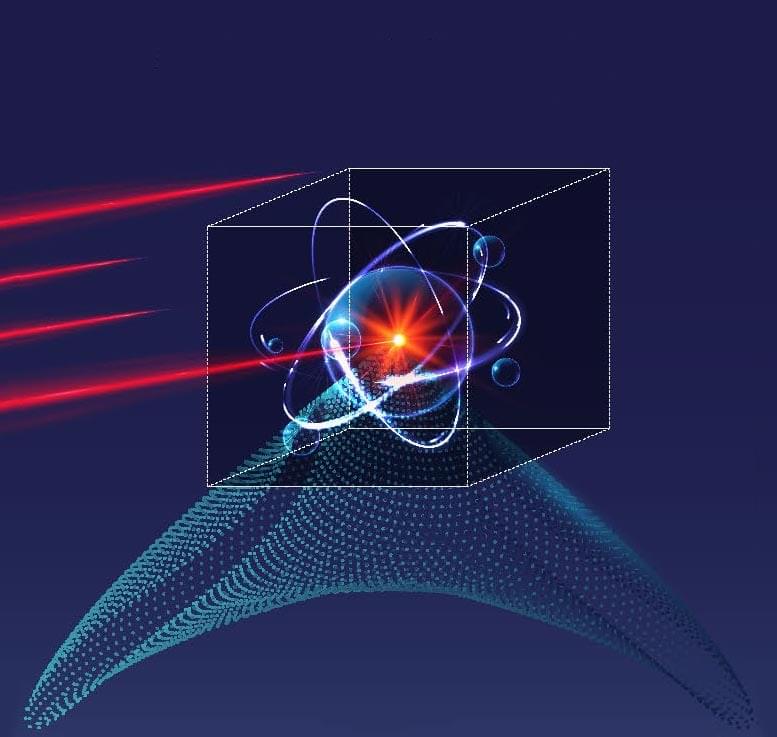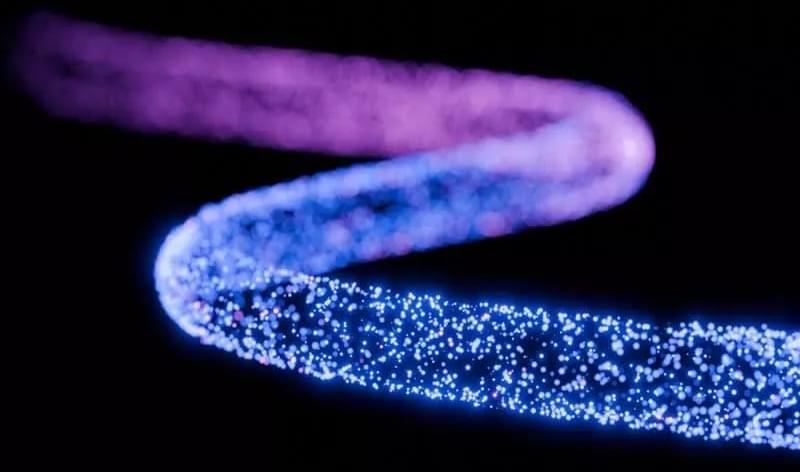Recent studies indicate that the cosmos is rich in complex organic molecules, essential components for understanding the origins of life. The European Space Agency’s Rosetta probe, which examined the comet 67P/Churyumov-Gerasimenko over a two-year mission, provided significant insights into the presence of these molecules in space.
Organic molecules, defined as compounds containing carbon, are abundant not only on Earth but also throughout the universe. Their structure allows carbon atoms to create stable chains, forming the backbone of various biological compounds. The findings from Rosetta have transformed our understanding of where these building blocks of life might originate.
During its mission, Rosetta detected over 44 distinct organic molecules, including glycine, a fundamental amino acid. Moreover, recent analyses of the data identified dimethyl sulfide, a gas associated exclusively with biological processes on Earth, suggesting that the conditions for life may be more widespread than previously assumed.

